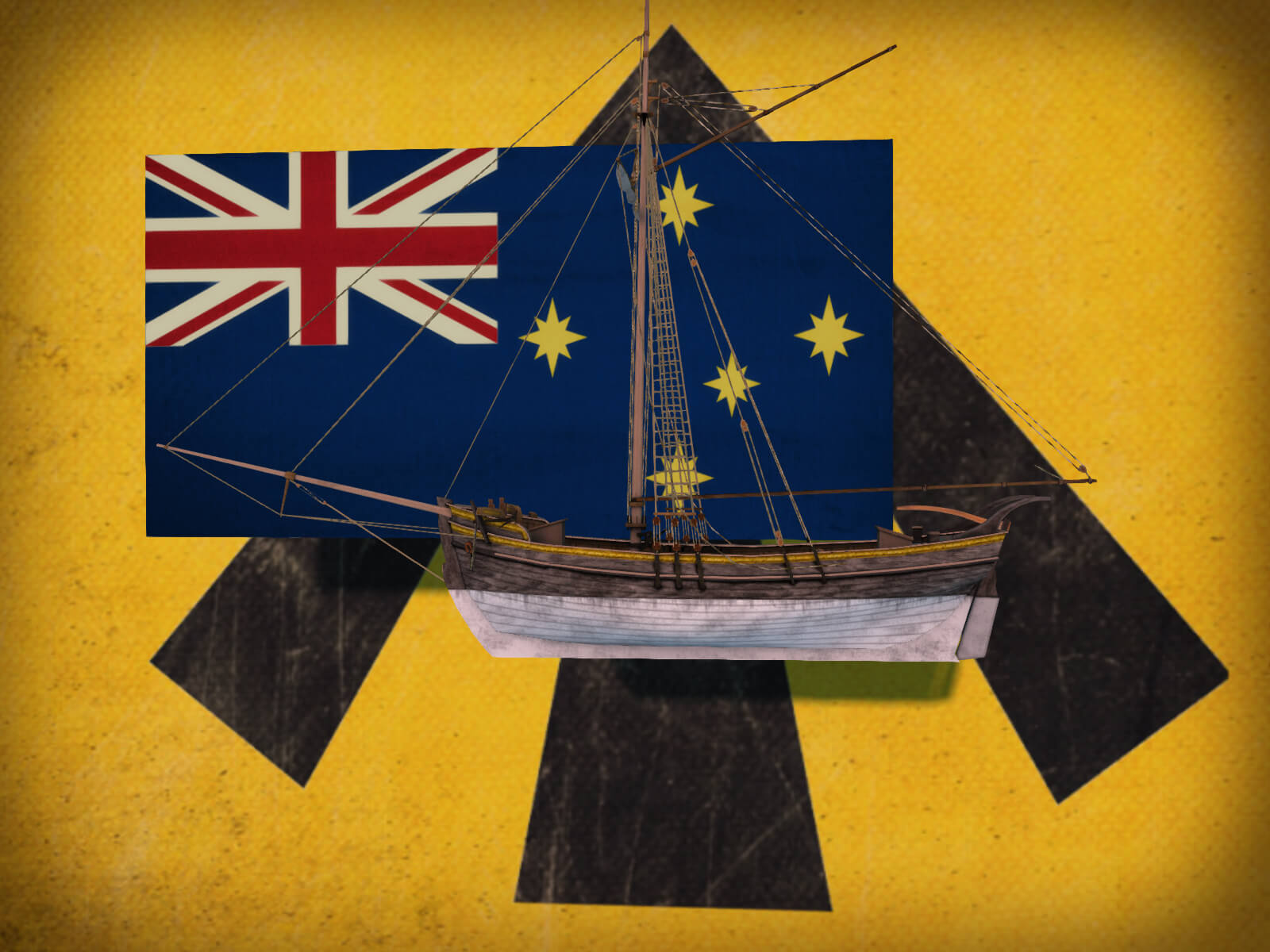
Transported
A very brief look at the convict system in colonial Australia
In 1770 Captain Cook explored the east coast of Australia and claimed it for Britain under the name ‘New South Wales’. In January, 1788 the first fleet of eleven ships, carrying 775 convicts arrived in Port Jackson and landed at Sydney Cove. Norfolk Island became a convict colony within a month and Van Diemen’s Land (now Tasmania) was colonised as a convict settlement in 1803. Many other convict settlements were established including Brisbane (1824) and King George Sound in what is now Western Australia (1826).
Most convicts were transported for petty property related crimes. There were also small numbers of political prisoners and rebels from Ireland, Scotland, England and Canada. About 164,000 people were transported as convicts to Australia, 25,000 of them women. Sentences of transportation were typically for periods of seven years but could be for fourteen years or life.
From 1801 well-behaved convicts could obtain a ticket of leave after they’d served a portion of their sentence. Ticket of leave holders had certain freedoms but some restrictions and if they continued to behave could obtain a conditional pardon. This allowed them to have full rights except leaving the colony. The convict had to carry the ticket of leave with them at all times. On completion of the convict’s sentence they obtained a certificate of freedom and this restored to them all rights.
Convicts could be assigned to free settlers who would be obliged to house, feed and clothe them. Others might find themselves labouring in chains, in road gangs, building bridges or working fields. Convicts who committed crimes after they arrived in the colony could be transported again to more remote places such as Brisbane and Norfolk Island. Punishments could be harsh and included floggings or working a treadmill.
Female convicts were sent to the female factory to be assigned as servants. At the factory the women were put to work at breaking stones or picking wool. The work was considered light and many women preferred to be there than out as assigned servants to free settlers. Freed male convicts, ticket of leave men and settlers could go to the female factory and choose a wife from a line up of women.
By the 1830’s opposition to transportation began. Free settlers couldn’t compete for work with the labour of assigned convicts, although wealthy land owners appreciated the cheap labour. The convicts were also seen to be a source of crime and to have questionable morals. Transportation to the Australian colonies ended at different times with New South Wales ending it in 1840. In 1850 the Australasian Anti-Transportion League was formed, complete with their own flag. The last ship load of convicts arrived in Western Australia in 1868.
The last surviving transported convict was Samuel Speed, born 1841, who came out to Western Australia in 1866. Homeless and hungry he’d committed arson to be sent to prison; instead he was sent to Australia. After getting his freedom he never reoffended and died in Perth in 1938. With him went the last living link to the convict era.


